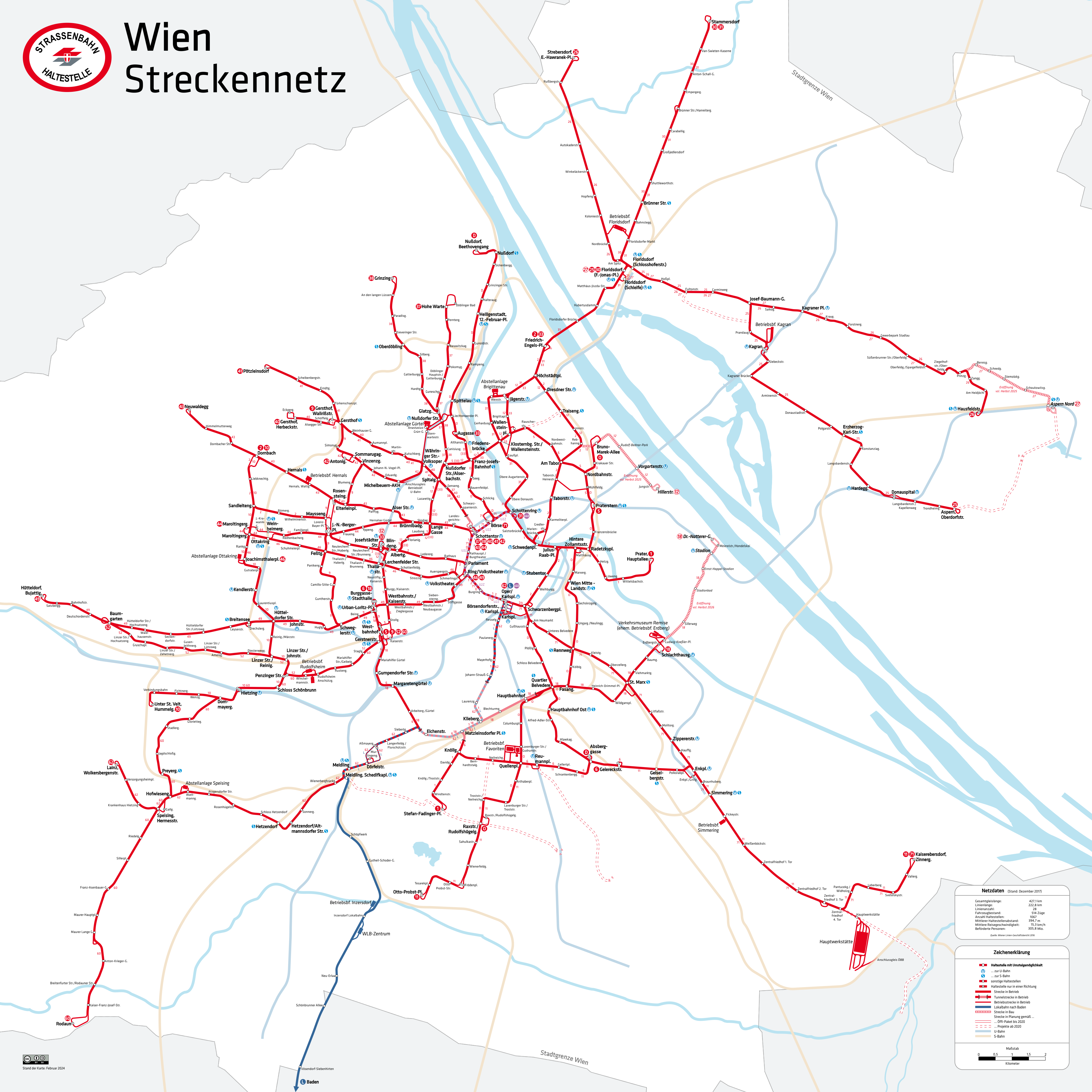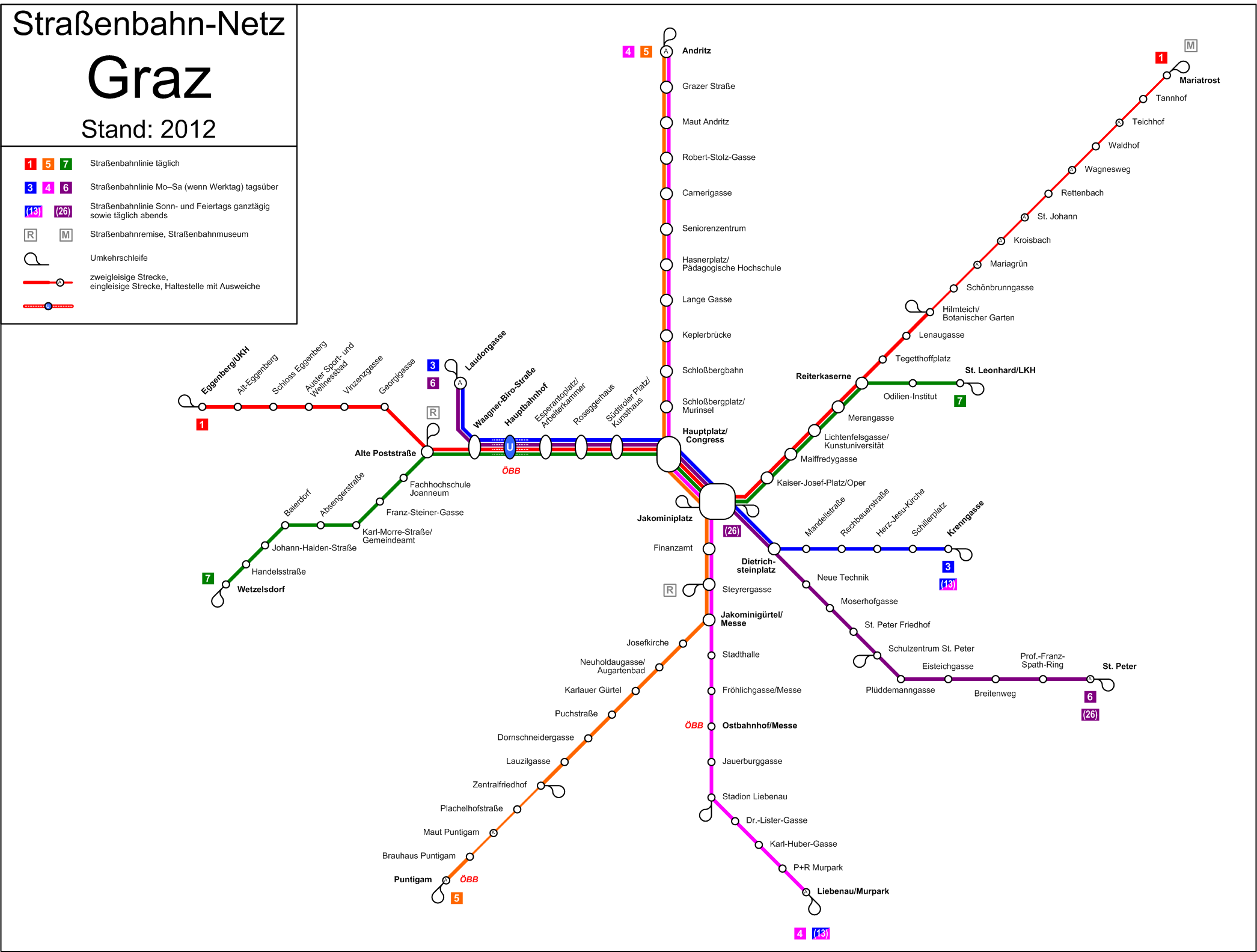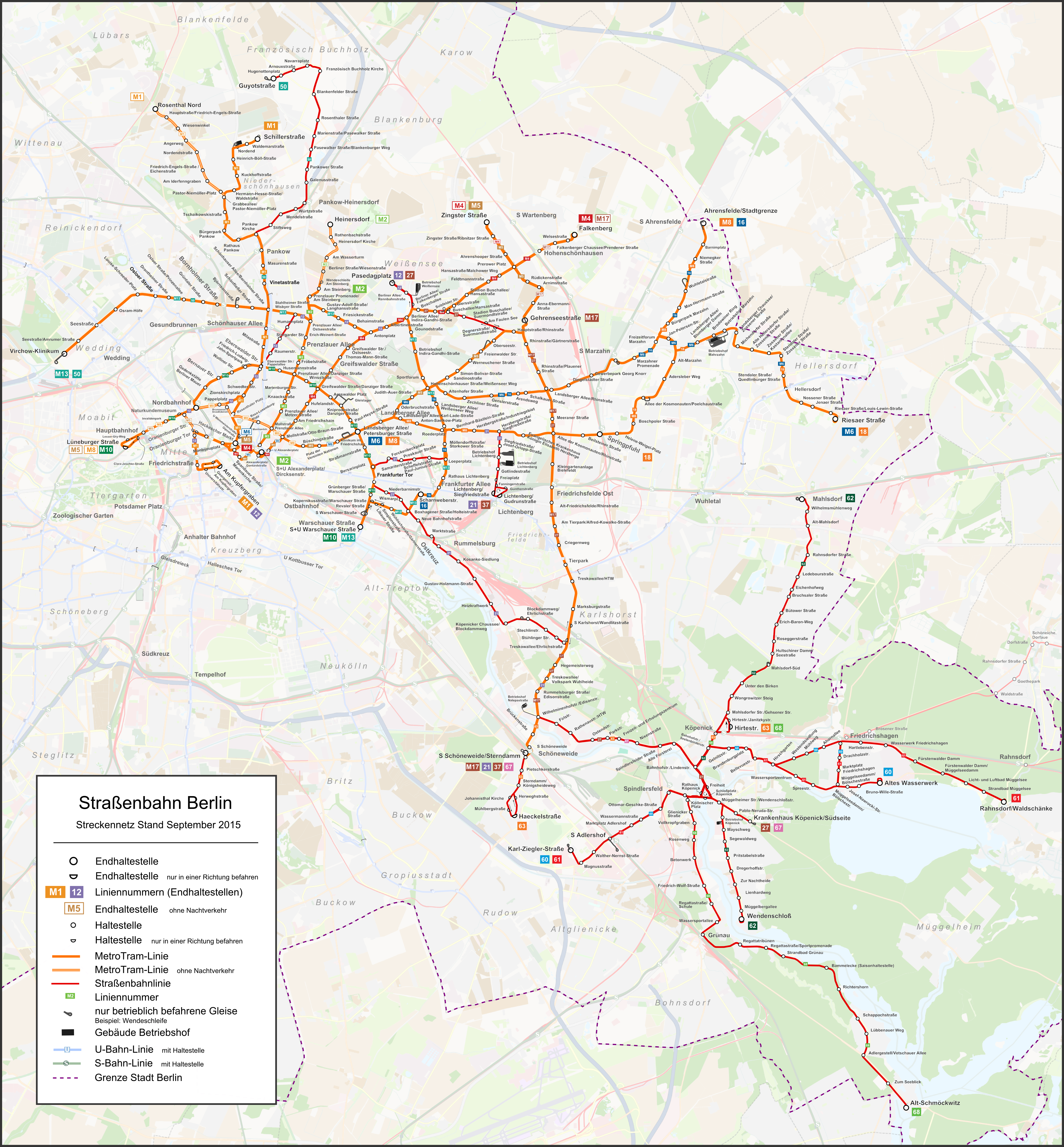|
National Capital Trolley Museum
The National Capital Trolley Museum (NCTM) is a 501(c)(3) nonprofit organization that operates historic street cars, trolleys and trams for the public on a regular schedule. Located in Montgomery County, Maryland, the museum's primary mission is to preserve and interpret the history of the electric street and interurban railways of the National Capital region. History NCTM was incorporated on January 4, 1961, as the National Capital Historical Museum of Transportation, Inc. Progress was slow at first, but the Museum eventually combined efforts and streetcar collections with a group from Baltimore. The organization found its first home in Lake Roland Park in Baltimore, Maryland. After efforts were thwarted by adjacent property owners, the group divided the collections in 1966. National Capital Trolley Museum moved to its present site in Colesville, Maryland, while the Baltimore Streetcar Museum was formed to focus on Baltimore transit. The site was provided by Maryland-Nationa ... [...More Info...] [...Related Items...] OR: [Wikipedia] [Google] [Baidu] |
PCC Streetcar
The PCC (Presidents' Conference Committee) is a streetcar (tram) design that was first built in the United States in the 1930s. The design proved successful in its native country, and after World War II it was licensed for use elsewhere in the world where PCC based cars were made. The PCC car has proved to be a long-lasting icon of streetcar design, and many remain in service around the world. Origins The "PCC" initialism originated from the design committee formed in 1929 as the "Presidents' Conference Committee", renamed the "Electric Railway Presidents' Conference Committee" (ERPCC) in 1931. The group's membership consisted primarily of representatives of several large operators of U.S. urban electric street railways plus potential manufacturers. Three interurban lines and at least one "heavy rail", or rapid transit, operator—Chicago Rapid Transit Company—were represented as well. Also included on the membership roll were manufacturers of surface cars (streetcars) and i ... [...More Info...] [...Related Items...] OR: [Wikipedia] [Google] [Baidu] |
Intercounty Connector
Maryland Route 200 (MD 200), also known as the Intercounty Connector or ICC, is an , six-lane toll road in the U.S. state of Maryland. A controlled-access highway, it connects Gaithersburg in Montgomery County and Laurel in Prince George's County, both of which are suburbs of Washington, D.C. The ICC was one of the most controversial Maryland road projects; opposition to the highway stalled the project for decades, and construction did not begin until 60 years after the highway's initial approval. The highway was originally proposed in 1950, was in length, and part of the Washington Outer Beltway. While other parts of the Outer Beltway were canceled, the ICC and the Fairfax County Parkway remained on master plans. The road's long history as an unbuilt proposed road stems from the controversy that has surrounded it over the years, including the cost of about $2.38 billion to complete the highway and related environmental mitigation. Proponents of the highway claimed that i ... [...More Info...] [...Related Items...] OR: [Wikipedia] [Google] [Baidu] |
Trams In Vienna
Trams in Vienna (german: Wiener Straßenbahn, in everyday speech also ''Bim'' or ''Tramway'') are a vital part of the public transport system in Vienna, capital city of Austria. In operation since 1865, with the completion of a 2 km route to industrial estates near Simmering, it reached its maximum extent of 292 km in 1942. In February 2015, it was the fifth largest tram network in the world, at about in total length and 1,071 stations. The trams on the network run on standard gauge track. Since 1897, they have been powered by electricity, at 600 V DC. The current operator of the network is Wiener Linien. In 2013, a total of 293.6 million passengers travelled on the network's trams. , there were 525 tramcars in Vienna's tram fleet, including 404 trams or tramsets scheduled for service during peak periods, comprising 215 single cars and 189 motor and trailer sets.''Tramways & Urban Transit'' magazine, April 2013, p. 147. History Horsecar tramways The earliest ... [...More Info...] [...Related Items...] OR: [Wikipedia] [Google] [Baidu] |
Toronto Streetcar System
The Toronto streetcar system is a network of nine streetcar routes in Toronto, Ontario, Canada, operated by the Toronto Transit Commission (TTC). It is the busiest light-rail system in North America. The network is concentrated primarily in Downtown Toronto and in proximity to the city's waterfront. Much of the streetcar route network dates from the 19th century. Most of Toronto's streetcar routes operate on street trackage shared with vehicular traffic, and streetcars stop on demand at frequent stops like buses. Toronto's streetcars provide most of the downtown core's surface transit service. Four of the TTC's five most heavily used surface routes are streetcar routes. In , the system had a ridership of , or about per weekday as of . History Pre-TTC history (1861–1921) The main predecessors of the TTC were: * Toronto Street Railway (1861–1891) * Toronto Railway Company (1891–1921) * Toronto Civic Railways (1911–1921) In 1861, the City of Toronto issued a thir ... [...More Info...] [...Related Items...] OR: [Wikipedia] [Google] [Baidu] |
Trams In The Hague
The Hague Tram ( nl, Haagse tram) is a tram network forming part of the public transport system in and around the city of The Hague in South Holland, the Netherlands. Opened in 1864, as of 2018 the network has twelve tram lines, three of which were built to light rail standards and currently operate under the RandstadRail brand. It consists of 117 kilometres of rails and 241 stops, and has been operated by since 2002, being the successor of (01-01-1927 - 11-06-2002) and (01-05-1887 - 01-01-1927). Overview The first lines in The Hague were horse-drawn. In the first half of the 1880s, steam trams appeared and rapidly replaced the horse-drawn lines, especially in longer services. One of these was the line between The Hague and Delft in July 1887, which is still in service today and extended to Scheveningen Noord. In August 1904, the first electrified line went into service; this is now part of line 9 between Plein and Scheveningen Kurhaus. Most of this line is still part of th ... [...More Info...] [...Related Items...] OR: [Wikipedia] [Google] [Baidu] |
Trams In Graz
The Graz tramway network is a network of tramways forming an important part of the public transport system in Graz, which is both the capital city of the federal state of Styria, Austria, and the second largest city in Austria. In operation since 1878, the network presently has six daytime lines, and five evening and Sunday lines. , the Graz tram network ran on an almost of route, and served 53.56 million passengers. It is operated by the ''Graz Linien'' division of ''Holding Graz'', the city owned utility company who also operate the city's bus network and the ''Schlossbergbahn'' funicular railway. The trams form part of the styrian integrated fare system which covers all modes of public transport in Graz and Styria. The Tramway Museum Graz, at the terminus of line 1 in Mariatrost, holds many exhibits relating to the system. History The first trams to run in Graz were horse trams in private ownership, with service commencing in 1878. The lines were electrified from 1899. I ... [...More Info...] [...Related Items...] OR: [Wikipedia] [Google] [Baidu] |
Trams In Düsseldorf
The Düsseldorf tramway network (german: Straßenbahnnetz Düsseldorf) is a network of tramways serving Düsseldorf, the capital city of the federal state of North Rhine-Westphalia, Germany. In combination with the Düsseldorf Stadtbahn and Rhine-Ruhr S-Bahn, it forms the backbone of the public transport system in Düsseldorf. The tramway network is currently operated by Rheinbahn AG, and is integrated in the Verkehrsverbund Rhein-Ruhr (VRR). , its seven tram lines ran over of route, serving 178 stops. History In 1876, the first horse-drawn tram line opened in Düsseldorf operated by the Belgian entrepreneur Leopold Boyaert. It joined Castle Square with the Bergisch-Märkischen station and the concert hall. In 1896, the first electric tram ran in Düsseldorf, and the full conversion of the system to electricity continued through 1900. Lines , seven tram lines running on of route, operate in the city of Düsseldorf and in portions of the urban areas of Neuss: After fi ... [...More Info...] [...Related Items...] OR: [Wikipedia] [Google] [Baidu] |
Trams In Berlin
The Berlin tramway (german: Straßenbahn Berlin) is the main tram system in Berlin, Germany. It is one of the oldest tram networks in the world having its origins in 1865 and is operated by (BVG), which was founded in 1929. It is notable for being the third-largest tram system in the world, after Trams in Melbourne, Melbourne and Trams in Saint Petersburg, St. Petersburg. Berlin's tram system is made up of 22 lines that operate across a standard gauge network, with almost 800 stops and measuring almost in Network length (transport), route length and in Network length (transport)#Line length, line length. Nine of the lines, called Metrotram, operate 24 hours a day and are identified with the letter "M" before their number; the other thirteen lines are regular city tram lines and are identified by just a line number. Most of the recent network is within the confines of the former East Berlin—tram lines within West Berlin having been replaced by buses during the ... [...More Info...] [...Related Items...] OR: [Wikipedia] [Google] [Baidu] |
Virginia Museum Of Transportation
The Virginia Museum of Transportation is a museum devoted to the topic of transportation located in Downtown Roanoke, Virginia, US. children under two years do not to buy tickets and students can get a discounted $10.5 ticket. History The Virginia Museum of Transportation began its life in 1963 as the Roanoke Transportation Museum located in Wasena Park in Roanoke, Virginia. The museum at that time was housed in an old Norfolk & Western Railway freight depot on the banks of the Roanoke River. The earliest components of the museum's collection included a United States Army Jupiter rocket and the J class steam locomotive No. 611, donated by Norfolk & Western Railway to the City of Roanoke where many of its engines were constructed. The museum expanded its collection to include other pieces of rail equipment such as a former DC Transit PCC streetcar, and a number of horse-drawn vehicles including a hearse, a covered wagon, and a Studebaker wagon. In November 1985, a flood nearly ... [...More Info...] [...Related Items...] OR: [Wikipedia] [Google] [Baidu] |
Snow Sweeper
A winter service vehicle (WSV), or snow removal vehicle, is a vehicle specially designed or adapted to clear thoroughfares of ice and snow. Winter service vehicles are usually based on a dump truck chassis, with adaptations allowing them to carry specially designed snow removal equipment. Many authorities also use smaller vehicles on sidewalks, footpaths, and cycleways. Road maintenance agencies and contractors in temperate or polar areas often own several winter service vehicles, using them to keep the roads clear of snow and ice and safe for driving during winter. Airports use winter service vehicles to keep both aircraft surfaces, and runways and taxiways free of snow and ice, which, besides endangering aircraft takeoff and landing, can interfere with the aerodynamics of the craft. The earliest winter service vehicles were snow rollers, designed to maintain a smooth, even road surface for sleds, although horse-drawn snowplows and gritting vehicles are recorded in use as early ... [...More Info...] [...Related Items...] OR: [Wikipedia] [Google] [Baidu] |
Capital Transit
Streetcars in Washington, D.C. transported people across the city and region from 1862 until 1962. The first streetcars in Washington, D.C., were drawn by horse car, horses and carried people short distances on flat terrain; but the introduction of cleaner and faster electric streetcars, capable of climbing steeper inclines, opened up the hilly suburbs north of the old city and in Anacostia. Several of the district's streetcar lines were extended into Maryland, and two Virginia lines crossed into the district. The city experimented briefly with cable car (railway), cable cars, but by the beginning of the 20th century, the streetcar system was fully electrified. By 1901, a series of mergers dubbed the "Great Streetcar Consolidation" gathered most local transit firms into two major companies. In 1933, a second consolidation brought all streetcars under one company, Capital Transit. Over the next decades, the streetcar system shrank amid the rising popularity of the automobile a ... [...More Info...] [...Related Items...] OR: [Wikipedia] [Google] [Baidu] |
DC Transit
Streetcars in Washington, D.C. transported people across the city and region from 1862 until 1962. The first streetcars in Washington, D.C., were drawn by horses and carried people short distances on flat terrain; but the introduction of cleaner and faster electric streetcars, capable of climbing steeper inclines, opened up the hilly suburbs north of the old city and in Anacostia. Several of the district's streetcar lines were extended into Maryland, and two Virginia lines crossed into the district. The city experimented briefly with cable cars, but by the beginning of the 20th century, the streetcar system was fully electrified. By 1901, a series of mergers dubbed the "Great Streetcar Consolidation" gathered most local transit firms into two major companies. In 1933, a second consolidation brought all streetcars under one company, Capital Transit. Over the next decades, the streetcar system shrank amid the rising popularity of the automobile and pressure to switch to buses ... [...More Info...] [...Related Items...] OR: [Wikipedia] [Google] [Baidu] |








